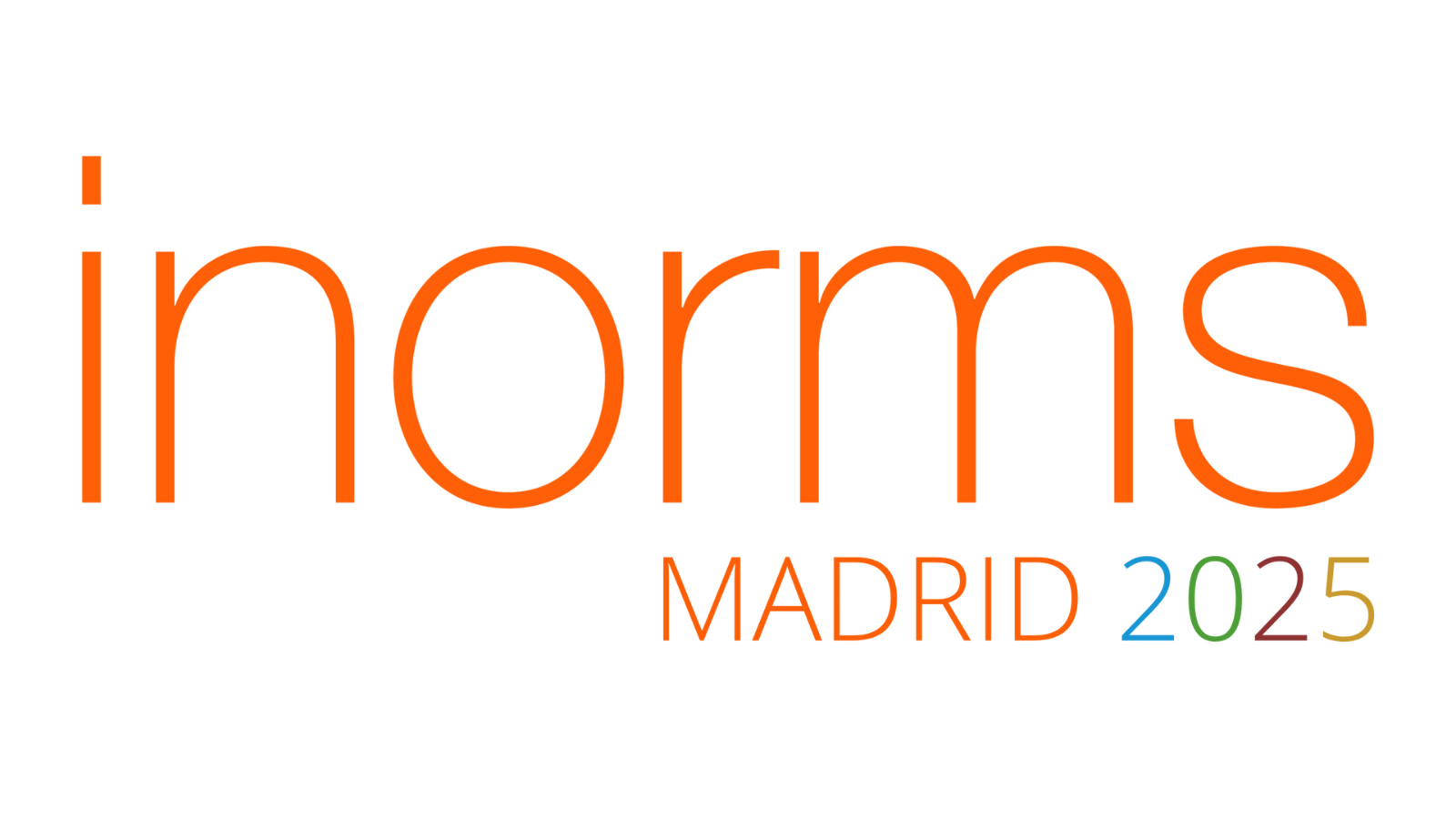R&D Patronage through Economic Interest Grouping
New Models of Public-Private Research Funding to Foster Research and Innovation in R&D Centers and Universities
Abstract
Research and development is essential for human and societal progress, but it requires specialized personnel, equipment, and continuous funding. Despite the existence of different public and private funding opportunities, the complexity of the application process, coordinating collaborations, low successful rates in obtaining grants, and budget restrictions has led institutions to seek alternative stable funds. One route to promote public-private collaborations in Spain is through Economic Interest Grouping (EIG), a legal framework introduced through Law 12/1991 of 29 April, on Economic Interest Groupings (Cortes Generales de España 1991). This framework allows companies with substantial profits and tax burdens to partner with research entities that lack access to tax benefits for R&D.
This tool allows the creation of a partnership between the company and the research center through the generation of an EIG, where the company funds the research by subcontracting the work of the research center in the frame of a specific research project. Upon the project's completion, the EIG is acquired by the research center, allowing it to maintain the intellectual property rights generated during the project and to receive economic benefits. An intermediary company often manages the legal documentation, investor relations, and administrative steps involved, receiving profits from both, the research center and investors. To prevent misuse of tax deductions, a technical report, budget, and timeline are required, and the entire project is audited. IJC has successfully implemented this patronage tool since 2021 with 3 projects already completed that have generated over 1M€ of R&D funding.
To summarize, this new model of patronage offers an alternative research funding tool, enabling investors to benefit from R&D tax reductions while supporting societal advancements. It secures funding for research centers, allowing them to retain intellectual property rights, and provides flexibility in fund usage, fostering innovation and progress in addressing unmet medical needs.



